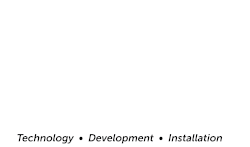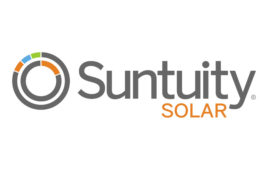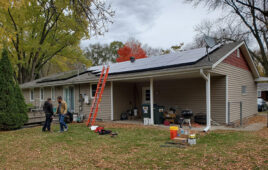Hanwha Q CELLS has filed a patent infringement complaint with the U.S. International Trade Commission (ITC) against JinkoSolar, LONGi Solar, and REC Group. Hanwha Q CELLS & Advanced Materials Corp. also filed related patent infringement complaints with the U.S. District Court for the District of Delaware against the same companies. In Germany, Hanwha Q CELLS GmbH announced the filing of patent infringement complaints with the Regional Court of Düsseldorf against JinkoSolar and REC Group.
The ITC complaint alleges that JinkoSolar, LONGi Solar, and REC Group are unlawfully importing and selling solar cells and modules that infringe Hanwha Q CELLS’s patented passivation technology. The complaint alleges that JinkoSolar, LONGi Solar and REC Group have unlawfully incorporated this patented passivation technology into their solar cells. Hanwha Q CELLS began manufacturing Q.ANTUM solar cells using this passivation technology in 2012 and has produced more than 2.5 billion such cells globally.
Hanwha Q CELLS seeks an immediate investigation by the ITC, an exclusion order to halt the importation of infringing products, and a permanent cease and desist order to stop the respondents from importing, marketing, and selling those products in the U.S. Hanwha Q CELLS & Advanced Materials Corp. is also filing a claim in the District Court to seek damages and injunctive relief.
“Intellectual property laws exist to incentivize innovation and protect inventions from being unfairly used, and we will vigorously defend our technology from infringement,” said Hee Cheul (Charles) Kim, CEO of Hanwha Q CELLS & Advanced Materials Corp. “Our high-quality photovoltaic products have established us as an industry leader, and we are proud of our legacy of innovation. We have taken these actions both to protect our property rights and to give the market confidence that research and development initiatives to develop future technologies can continue.
“The passivation technology at issue in these legal actions is critical to Hanwha Q CELLS’s plans for the future. Our high-efficiency modules rely on this patented technology and set us apart from competitors,” Kim continued. “We have built a new 1.7-GW facility in Dalton, Georgia, dedicated to assembling Hanwha Q CELLS’s modules for sale in the United States, and we look forward to a long relationship with the Dalton community. This is the largest factory of its kind in the Western Hemisphere and reflects our commitment to the United States and the important markets here. We believe that the legal actions we have taken in the United States and Germany will effectively protect our ability to innovate and reinforce our reputation as a leading supplier of high-quality products and a trusted business partner to our customers.”
March 8, 2019 update
Official statement from Hanwha Q CELLS after separate statements from JinkoSolar, REC Group and LONGi Solar:
“The patent claims asserted by Hanwha Q CELLS are not restricted to any particular method of manufacture, such as atomic layer deposition (ALD) or plasma-enhanced chemical vapor deposition (PECVD). The infringement claims relating to the ‘215 patent are directed to solar cell structure with a first dielectric layer including aluminum oxide and a second dielectric layer that contains hydrogen. The patented technology can be applied in many ways. A solar cell employing what is known as Passivated Emitter Rear Cell (PERC) technology is only one type of solar cell that may use technology covered by the ‘215 patent.
While Hanwha Q CELLS believes it is important to clarify these factual issues, it does not intend to litigate this dispute in the media or to comment further on the substantive legal issues in the case. We look forward to proving our claims in court.”
News item from Hanwha Q CELLS





Tell Us What You Think!